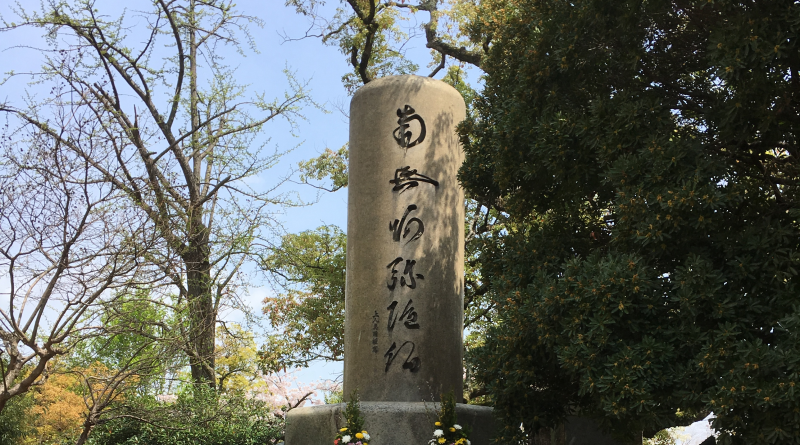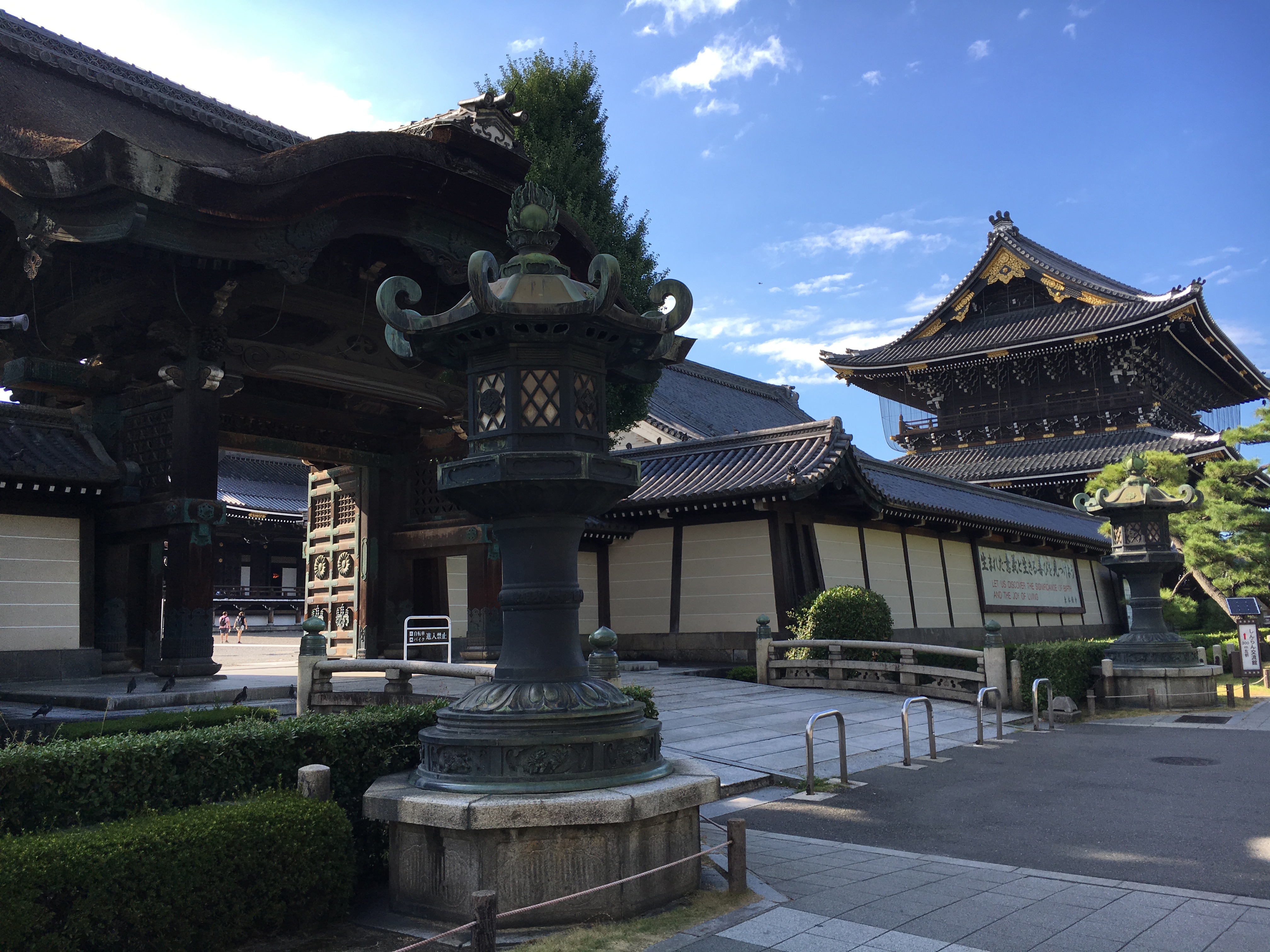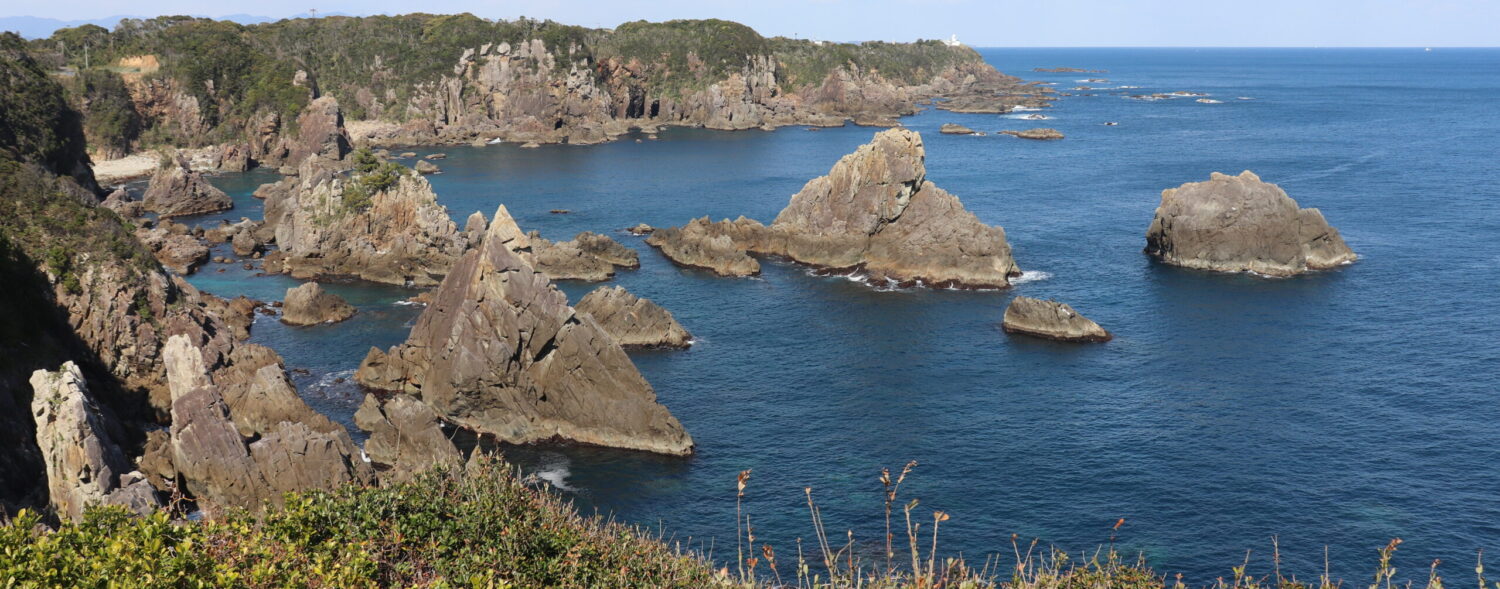
Ishiyama Hongan-ji Temple: The Temple that Created Osaka
As we covered in our post about Kouzu Shrine, emperor Nintoku made Osaka a capital back in 6th century. Osaka also served as a capital city for several emperors after Nintoku. However, after the 8th century Osaka once again became a small city, and was essentially forgotten. It was only in 16th century when the Ishiyama Hongan-ji Temple moved to Osaka that the ground work was finally laid for Osaka to become the bustling center of economic commerce that it is today.
The Rise of the Hongan-ji and the Monk Rennyo
It all started in a small temple called Hongan-ji. Despite being very small, one of the monks who lived there named Rennyo [蓮如], intended to change that. He began traveling throughout west Japan, preaching Hongan-ji’s principles. Because this was the Warring States Period (1467-1603), societal unrest, political upheaval, and near constant wars being fought between provinces meant that the Japanese people were eager for something to believe in. Along with his charismatic personality, Rennyo quickly acquired a lot of followers.
In 1483, Rennyo finally built a new Hongan-ji temple in Yamashina, just outside of Kyoto. Naturally, many of Rennyo’s new followers moved to Yamashina and some said that Yamashina became as prosperous as Kyoto. However, Yamashina became so big that a samurai feared Yamashina would overtake Kyoto. That samurai burned both the city and the temple to the ground.

In the wake of the destruction of Yamashina, the monks as well as the Hongan-ji followers moved south to a place known as Naniwa. In 1497 they built a new temple, Ishiyama Hongan-ji that was located where Osaka Castle stands today. Defiantly, Rennyo sent a letter to officials in Kyoto declaring he had built a new Hongan-ji temple. He called that place “Osaka”.

The Ishiyama Hongan-ji War
During the rise of Oda Nobunaga, Ishiyama Hongan-ji defended Osaka from Nobunaga’s invasion. They were led by the new head priest, Kennyo [顕如], who was very war loving and particularly despised Nobunaga. Fearing Nobunaga’s growing power, many of samurai in west Japan helped the monks of the Hongan-ji fight against Nobunaga. There numbers grew so strong, that Kennyo’s warrior monks and allied samurai became the largest opposition to Nobunanga in his ambition to conquer Japan.
This push and pull for the control of Osaka lasted for ten long bloody years.
As it finally looked like the war between Hongan-ji and Nobunaga was drawing to a close, with Nobunaga the decisive victor, Kennyo and his brother Kyonyo [教如] quarreled over whether or not they should accepted defeat. Kennyo was willing to accept the defeat while Kyonyo, however, was not.

Even after Kennyo surrendered to Nobunaga, Kyonyo stayed in Osaka and fought against Nobunaga. This divide between these two brothers would ultimately split the Hongan-ji sect in two.
The Power Struggle Between Kennyo and Kyonyo
After Nobunga died, Hideyoshi became the shogun of Japan. Unlike Nobunaga, Hideyoshi seemed to favor the Hongan-ji sect. Hideyoshi allowed them return to Kyoto and to build a new temple in 1591. When the Hongan-ji moved, they left a small temple for their followers in Osaka. This later became known as Kita-Mido Temple. Unfortunately, Kennyo died the same year construction of the Hongan-ji Temple in Kyoto completed.
After Kennyo died, Kyonyo became the leader of the Hongan-ji sect. However, Kyonyo still begrudged Kennyo’s followers who had supported signing a treaty with Nobunaga. Kyonyo ostracized Kennyo’s followers, causing immediate outrage. This outcry spurred Kennyo’s wife, Nyoshunni [如春尼], to contact Hideyoshi. Nyoshinni insisted in her late husband’s will it stated that Kennyo’s second son, Shonyo, was to lead the Hongan-ji faith. Hideyoshi decided to honor her request and made Shonyo head priest of the Hongan-ji temple in Kyoto. Hideyoshi dismissed Kyonyo from his position and banished him to Osaka. Though he lost his status, Kyonyo worked passionately to gain followers in Osaka. Eventually Kyonyo was able to create Otani-Hongan-ji, i.e. Minami-Mido Temple in 1595.

Things only became more confusing when Hideyoshi died. When Tokugawa Ieyasu became the shogun of Japan, he allowed Kyonyo to build a new temple in Kyoto. Of course, he built this temple near the Hongan-ji temple led by Shonyo. Kyonyo’s new temple called itself Higashi Hongan-ji. Since their name was “Higashi” Hongan-ji, naturally people started calling the original Hongan-ji temple, “Nishi Hongan-ji”. After Kyonyo died, Higashi-Hongan-ji declared that they were to a new sect called Otani and would no longer be part of the Hongan-ji sect.
Osaka Icons
These two groups still have a tremendous amount of financial power and a lot of followers. The Hongan-ji were essential in shaping Osaka as a political and economic power. They helped Osaka rise from obscurity to become the second largest city in Japan today. These modern looking temples might not seem like much, but this complicated and bloody story shows that Osaka’s rich history is sometimes hiding in plain sight.

Leave a Reply